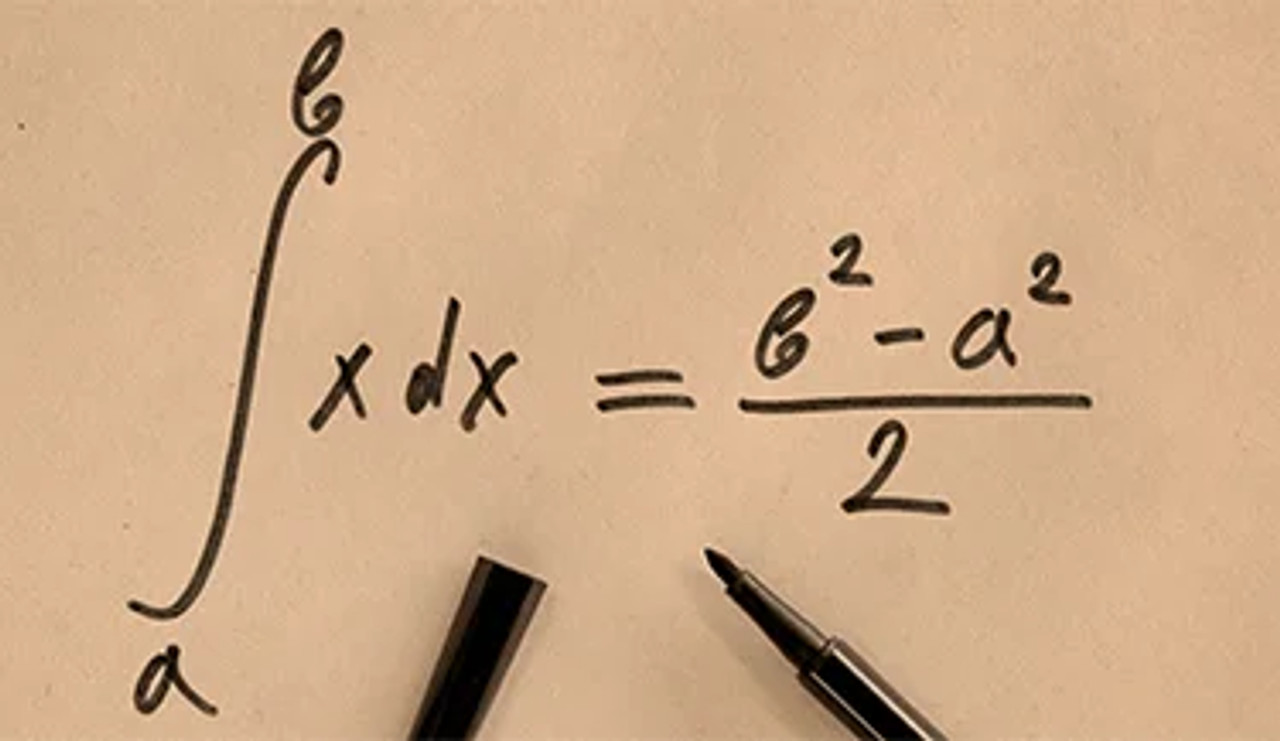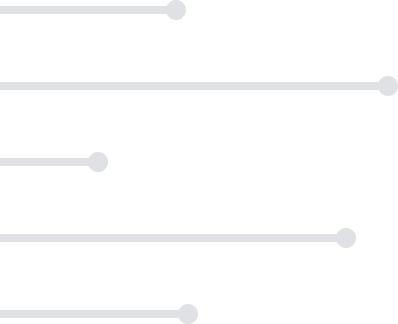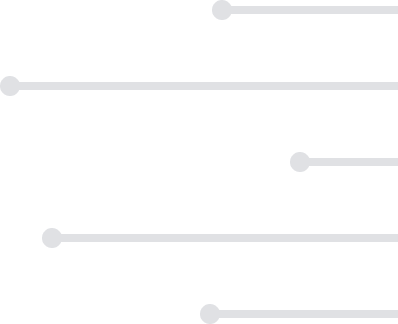
$79
Plus membership
3 Credits
All courses include:
eTextbooks
2 to 3-day turnaround for grading
Multiple chances to improve your grade
On-demand tutoring & writing center
Student support 7 days a week
$79
Plus membership
3 Credits
All courses include:
eTextbooks
2 to 3-day turnaround for grading
Multiple chances to improve your grade
On-demand tutoring & writing center
Student support 7 days a week
Calculus II
$79
Plus membership
3 Credits
About This Course
ACE Approved 2024
Expand on what you learned in General Calculus I with our online General Calculus II course, which covers the techniques of integration, application of integration, exponential and logistic models, parametric equations and polar coordinates, sequence and series, and vector and geometry.
What You'll Learn
Solve integration problems using different techniques of integration: integration table, u-substitution, trigonometric functions, partial fraction, trigonometric substitution, and trapezoidal rule.
Apply integral calculus to compute average value of function, volumes, arc lengths, surface of revolution, and work; as well as moments and centers of mass.
Use various tests to determine the convergence and divergence of sequences and series.
Apply Taylor and Maclaurin series for polynomial approximations.
Demonstrate convergence and divergence of power series.
Solve homogeneous differential equations.
Use differential equations to solve ‘Growth and Decay’ problems.
Sketch parametric and polar curves.
Apply differentiation and integration to parametric equations and polar functions.
Apply dot product and cross product to vectors in R2 and R3.
Apply differentiation to vector functions.


Your Life, Your Schedule, Your Education
Transfer into over 3000+ institutions that accept ACE courses or transfer directly into 180+ partner schools.
request information
This course is designed to further acquaint students with the principles of Calculus. This includes techniques of integration; application of integration; exponential and logistic models; parametric equations and polar coordinates; sequence and series; and vector and geometry.
Calculus I is a required prerequisite for this course. If you enroll, the assumption is made that you have previously completed Calculus I for credit with a passing score.
| Topic | Subtopics |
|---|---|
| An Introduction to Calculus II |
|
| Techniques of Integration |
|
| Applications of Integral Calculus |
|
| Sequences and Series |
|
| Sequences and Series (continued) |
|
| Improper Integrals |
|
| Differential Equations |
|
| Parametric Equations and Polar Coordinates |
|
| Vectors and the Geometry of R² and R³ |
|
Your score provides a percentage score and letter grade for each course. A passing percentage is 70% or higher.
Assignments for this course include:
- 3 Graded Topic Reviews
- 3 Graded Quizzes
- 3 Graded Exams
- 1 Graded Final
This course does not require a text.
Student Success students also take:
Helpful resources:







